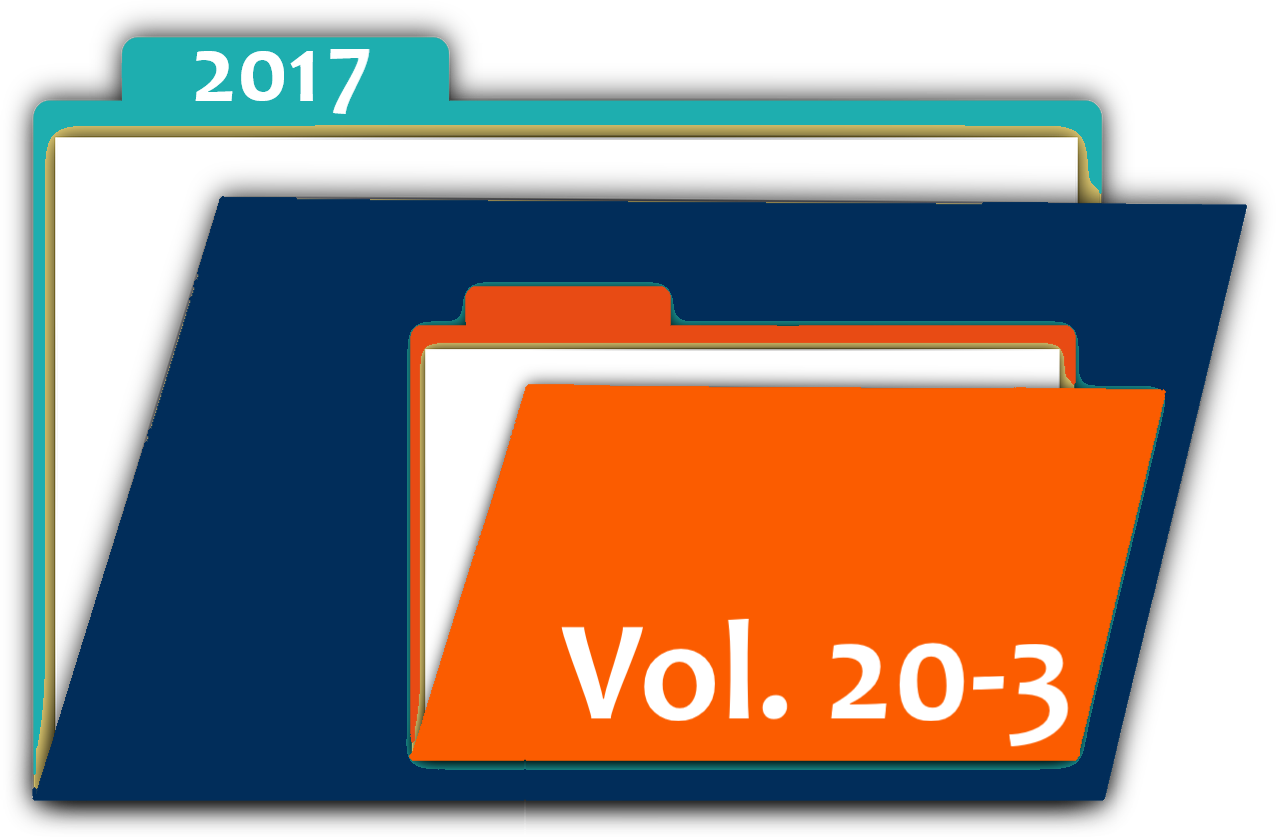What are management tools made of? The “listic” structure of managerial artifacts
Abstract
The literature on management tools has shown that they are composed of three interacting elements: a managerial philosophy, simplified view of organizational relationships, and technical substrate (Hatchuel & Weil, 1992). This article focuses on the latter, which is rarely taken as a specific research object, and explores the “artifactual” dimension of management tools. Using the work of the anthropologist Jack Goody (1977) on the evolution of oral societies toward written societies, this article shows that some management artifacts are based on a “listic” structure, which leads to: (1) a description of the structuring dynamics of these management artifacts, which evolves between rationalization and contextualization according to an ordering principle of the list; (2) a distinction between open tools and closed tools, two genres that call for different modes of design and implementation; (3) a renewal of critical research around three typical phenomena of the list—“gap-spotting,” “table-of-contentism,” and “don juanism”; and (4) two lines of research on the appropriation and design of management artifacts.
Downloads
Copyright (c) 2017 Régis Martineau

This work is licensed under a Creative Commons Attribution-NonCommercial 4.0 International License.
Authors retain copyright of their work, with first publication rights granted to the AIMS.












 Published by
Published by 